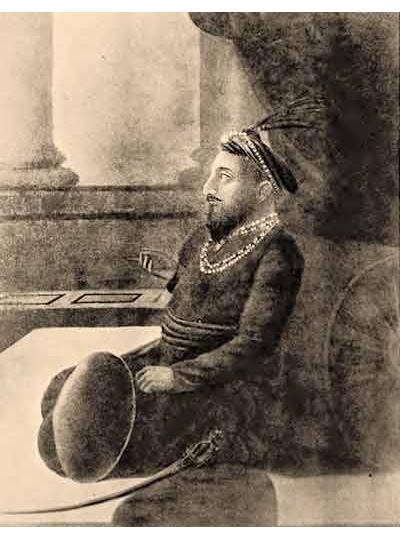CHATAR SINGH, a BrarJatt, was, according to Sarup Singh Kaushish, Guru kian Sakhian, a Sikh spy who, during the siege of Anandpur by the hill rajas in September/October 1700, used to mix with the enemy and bring intelligence about their strength, dispositions and plans. It was he who carried to Guru Gobind Singh the news one evening how Raja Kesari Chand, one of the besieging chieftains, had planned to smash the gate of the Lohgarh Fort on the following morning with the help of a drunken war elephant.
Explore the deeper meaning of Aarti in Hinduism and Sikhism, where true worship goes beyond rituals and embraces the beauty of nature and truth.
Explore the profound concept of Aatma and its connection to Paramaatma, God, and the transcendental self in Sikh and Hindu philosophies.
Explore the distinctive and largely unknown Sikh architectural style, with its rich history in gurdwaras, forts, and palaces, by S.S. Bhatti.
Explore Akal Bunga, the iconic site housing the Akal Takht in Amritsar, a symbol of Sikh religious authority. Learn its role and history here.
Explore the profound concept of Aatma and its connection to Paramaatma, God, and the transcendental self in Sikh and Hindu philosophies.
Explore the deeper meaning of Aarti in Hinduism and Sikhism, where true worship goes beyond rituals and embraces the beauty of nature and truth.
Explore the profound concept of Aatma and its connection to Paramaatma, God, and the transcendental self in Sikh and Hindu philosophies.
Explore the deeper meaning of Aarti in Hinduism and Sikhism, where true worship goes beyond rituals and embraces the beauty of nature and truth.












